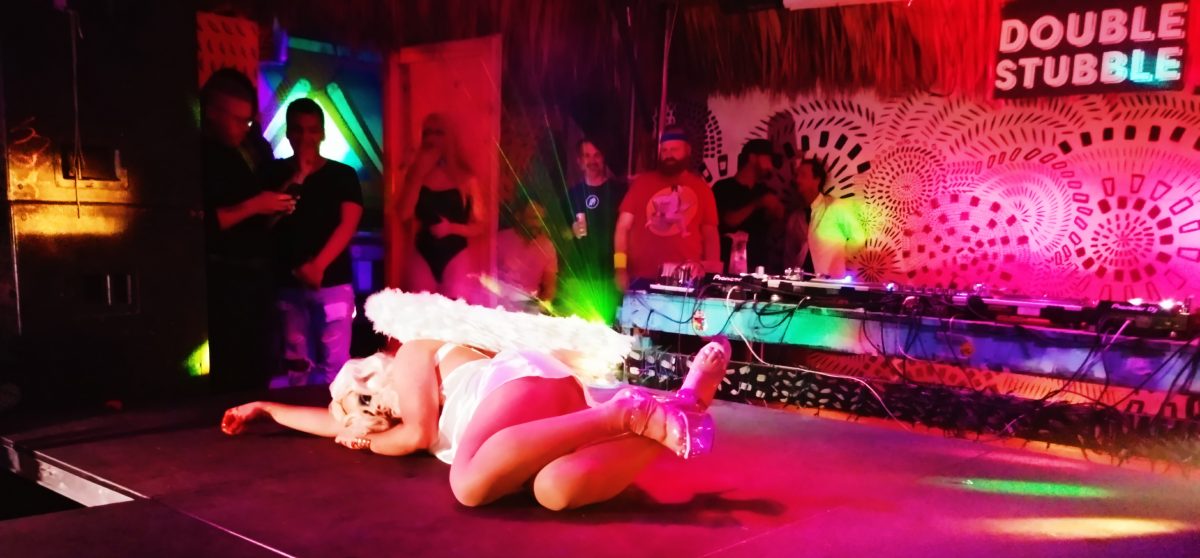For this week, I looked at two sources that discuss gay gentrification and what it means in the early 2000s. Again, these more so focused on the influx of a population of gay individuals and how that shifted the housing market, leading to gentrification.
The first article was “Urban Renewal and Gay Gentrification: How will the housing crisis redefine the gay community?” by Amber L. Cyphers in the Gay and Lesbian Times, August 8, 2002. It centered on gay neighborhoods in San Diego and beckoned the question as to whether gay gentrification was real. It talks about how certain neighborhoods have proved this, such as Mission Hills, which saw a immigration of gay populations into the neighborhood leading to increased property costs. They noted however, the rate of the rise of property costs varies from gay neighborhood to gay neighborhood. Interestingly, the article makes a distinction between urban renewal and gentrification. The author states that gentrification is when an area is in disrepair and displacing people who live there in order to replace their homes with new construction. The author argues that what gay populations coming are doing are just sprucing up the existing structures – it’s the same neighborhood aesthetically just nicer. They defend that it’s urban renewal and not gentrification, because they are not creating infrastructure where there was none. Some of the people interviewed for the article even argued that even if gay people moving in increases rent prices, it is not necessarily a bad thing as the new rent would be equivalent to mortgage rates giving an incentive to buy instead of rent. This article is definitely biased towards the perspective of the gay gentrifier and less so to the long-time residents who might be affected by the increase in rent prices. In regards to Wynwood, I think about how, again, gentrification there is different in that it wasn’t an increase in housing prices that began the gentrification and pushed people out. It wasn’t people buying homes and out-buying residents. Certainly, rent prices in Wynwood are higher now, but it was a result of the infrastructural change that came out of development of restaurants, galleries, and shops.
The second article was an interviewer with two film makers about a movie on gay gentrification called Flag Wars. The article was also from the Gay and Lesbian Times but published in June of 2003. The film appears to be related to how the incoming gay community interacts with people of color, primarily Black people, who live in the neighborhoods that they are gentrifying. This article – specifically the interviewer – takes on the perspective and defends the gay gentrifiers and antagonizes the Black residents who feel negatively about the gay population that is gentrifying their neighborhood. Throughout the interview, it becomes clear that the Black residents and gay residents have an unfriendly relationship. In Wynwood, though there are not necessarily any gay gentrifiers, the queer individuals who go out to Wynwood don’t have relationship with the residents there. They are merely transients in the neighborhood and at times even fear interacting with residents out of fear of discrimination or worse. They stick to the area that is commercialized and thus “protected.”
